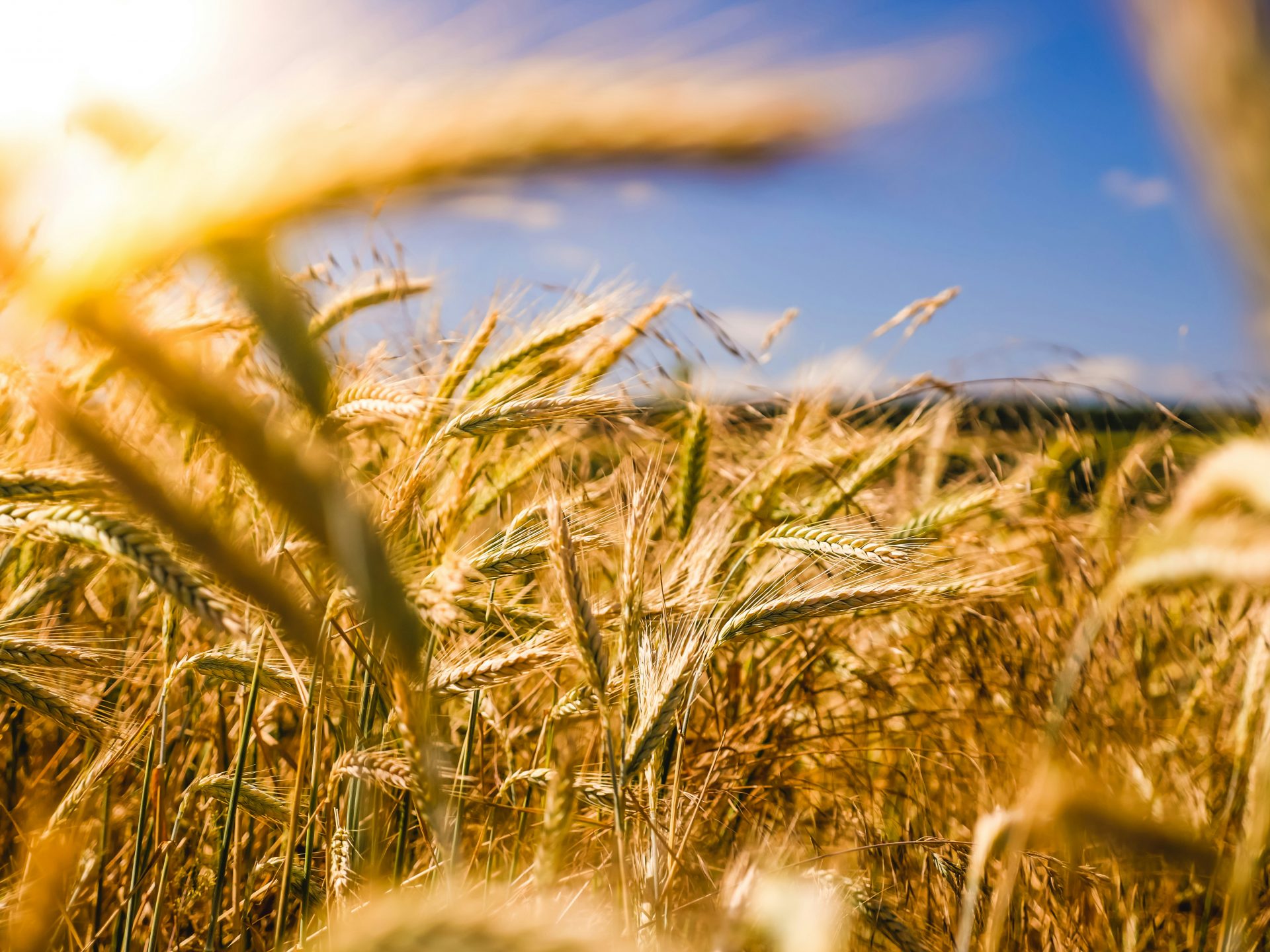
The CAP 2023-2027: Shaping the Future of European Farming
Farming is at the heart of Europe’s food, landscapes, and rural communities – and the EU’s Common Agricultural Policy (CAP) aims to keep it thriving. The new CAP, running from 2023 to 2027, brings big changes to how support is delivered, putting more focus on sustainability, fairness, and flexibility.
For the first time, each EU country has its own National Strategic Plan, tailored to local needs but framed by common EU goals. That means CAP funds are more targeted: supporting farmers’ incomes, rewarding greener practices, and strengthening rural areas.
Ten Key Objectives
The 2023–2027 CAP is built around ten objectives that set the direction for European farming:
- Fair income for farmers: keeping agriculture economically viable and ensuring food security.
- Competitiveness: boosting farm efficiency with research, technology, and digitalisation.
- Stronger position in the food chain: giving farmers a fairer share of value.
- Climate action: cutting emissions, adapting to climate change, and promoting sustainable energy.
- Environmental care: protecting soil, water, and air while reducing chemical use.
- Biodiversity and landscapes: halting biodiversity loss and preserving habitats.
- Generational renewal: attracting and supporting young farmers.
- Vibrant rural areas: promoting jobs, gender equality, and local development.
- Food and health quality: delivering safe, nutritious, and sustainable food while improving animal welfare.
- Knowledge and innovation: spreading digital tools, research, and training to modernise farming.
Direct Payments
Direct payments remain the core of CAP support, giving farmers stability in a sector where prices and weather can be unpredictable. The new system not only balances income support with sustainability but also ensures a fairer distribution of funds:
- Basic Income Support: a set per-hectare payment.
- Redistributive Payments: extra support for small and medium-sized farms, with at least 10% of direct payments reserved for them.
- Complementary Income for Young Farmers: dedicated funds to help the next generation get established, with 3% of payments allocated for young farmers.
- Eco-schemes: voluntary payments rewarding practices that protect biodiversity, improve soil, or cut emissions.
- Payments are linked to social and labour standards, tying farm support to fair working conditions.
The 2023–2027 CAP has greener ambitions than ever before. At least 25% of direct payments must go to eco-schemes, encouraging farmers to adopt practices like crop diversification, precision farming, and low-emission technology. Farmers also face stronger requirements to protect soil and water, with support available for investments in renewable energy and climate-smart innovations.
Beyond fields and livestock, the CAP invests in rural areas — improving infrastructure, encouraging diversification, and supporting local communities. This makes farming regions more attractive places to live, work, and start businesses.
Why Change Matters
The CAP 2023–2027 isn’t just about subsidies — it’s a roadmap for the future of European farming. By combining fairer payments, climate action, and support for innovation, it aims to keep farming competitive, resilient, and green while strengthening rural communities.
The bottom line?
If you’re a farmer in the EU, the CAP 2023–2027 is designed to back you up — with fairer payments, greener opportunities, and support to grow for the future.





